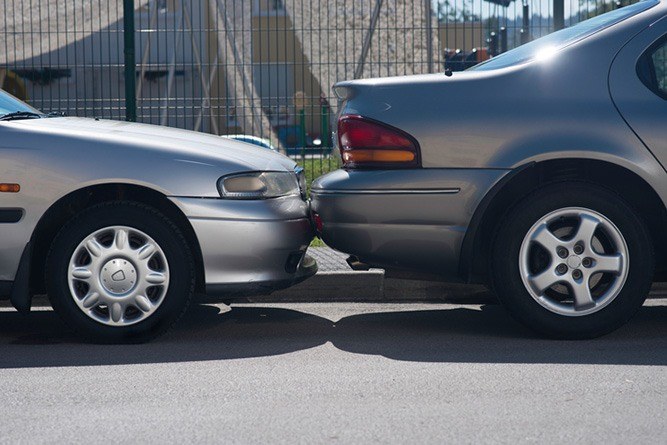It’s bad enough being in a car accident, but when you become the victim of a hit-and-run accident the confusion and uncertainty is much greater. For example, most drivers pull over after an accident to make sure everyone is safe and exchange information. But, when the other driver high-tails it down the road, who do you talk to and what do you do? If this unfortunate situation happens to you, here’s what you need to know.
Many people think of hit-and-run car accidents as those involving serious injury to a pedestrian, a bicyclist, or another vehicle. However, a hit-and-run is really any accident in which one of the drivers intentionally leaves the scene without providing contact information.
For example, suppose a car sideswipes you and speeds off without stopping. Or, someone hits your unattended car without leaving any contact information or making an attempt to get in touch with you. Both situations are considered hit-and-run accidents. In fact, any time an accident occurs and the other driver flees the scene, it’s a hit-and-run.
As with any auto accident, the first step is to check yourself and any passengers in the car for injuries. If someone is seriously injured, don’t attempt to move them. Instead, immediately call 9-1-1 for emergency assistance. If nobody is hurt, stay calm, move your car to a safe place, and take the following steps.
1. Document the scene of the hit-and-run.
The more information you can provide the police, the better their chances of catching the hit-and-run driver. Start by writing down the time and date of the hit-and-run car accident and the extent of the damage. Then document as much information as you can about the car that hit you, including make, model, color, license plate number, and the direction in which it was heading. Be sure to note anything unusual about the car, such as raised wheels, unique detailing, visible damage or anything else that might make it easy to identify.
If you happened to get a glimpse of the hit-and-run driver, write down what you can recall about them: sex, race, and approximate age – anything that can help identify the person who damaged your car and then drove away.
2. Identify witnesses.
Look around to see if anyone saw the accident. This could be someone standing on the sidewalk, sitting on a bench waiting for the bus, or another driver who stopped to see if you were okay. Ask them to relate what they saw regarding the accident and/or driver, and if you didn’t get it, whether they noticed the license plate of the other car.
Gather contact information for each witness, including names, phone numbers, home or work address, and email address (some people might not be willing to give some of these details). If you can’t find any obvious witnesses, go into nearby stores or businesses to inquire whether anyone saw the hit-and-run accident.
If the accident occurred in a commercial parking lot (at a mall, for example), check to see if there are any security cameras that may have caught the accident. If not, find the mall security office and ask if they have cameras anywhere else on the premises that might have caught the hit-and-run driver leaving the scene.
3. Take pictures of your damaged vehicle.
Photos are important for documenting the extent of the damage and where it happened. Take close-ups and landscape pictures that show your car at the scene of the accident. These will help explain what happened.
4. File a police report.
Once you have gathered as much information as possible, call the police to file a police report. Provide all the information you have written down, including the names and contact information of any witnesses. Even if the police fail to locate the hit-and-run driver, filing a report can speed up the insurance claims process and provide an official document of the events of the accident. If the accident was minor with no injuries, the police may take the report over the phone or ask you to come into the station. If the police don’t show up, some states will allow you to fill out a driver report. Visit your state’s DMV web site to access the proper form.
Above all, never leave the scene in an attempt to chase and confront the other driver. If you’re angry, as many people would be, take a few minutes to calm down and then proceed with the recommended steps. Turn the information you have over to the police and let them handle it. Then contact your insurance company as soon as possible.
And remember, if your car needs professional repairs due to a hit-and-run accident or any other type of collision, Apex Auto Center Inc. will be there for you with professional auto body repair services to get your car back on the road safely and promptly.
-Apex Auto Center Inc.
(5-14-2018)



